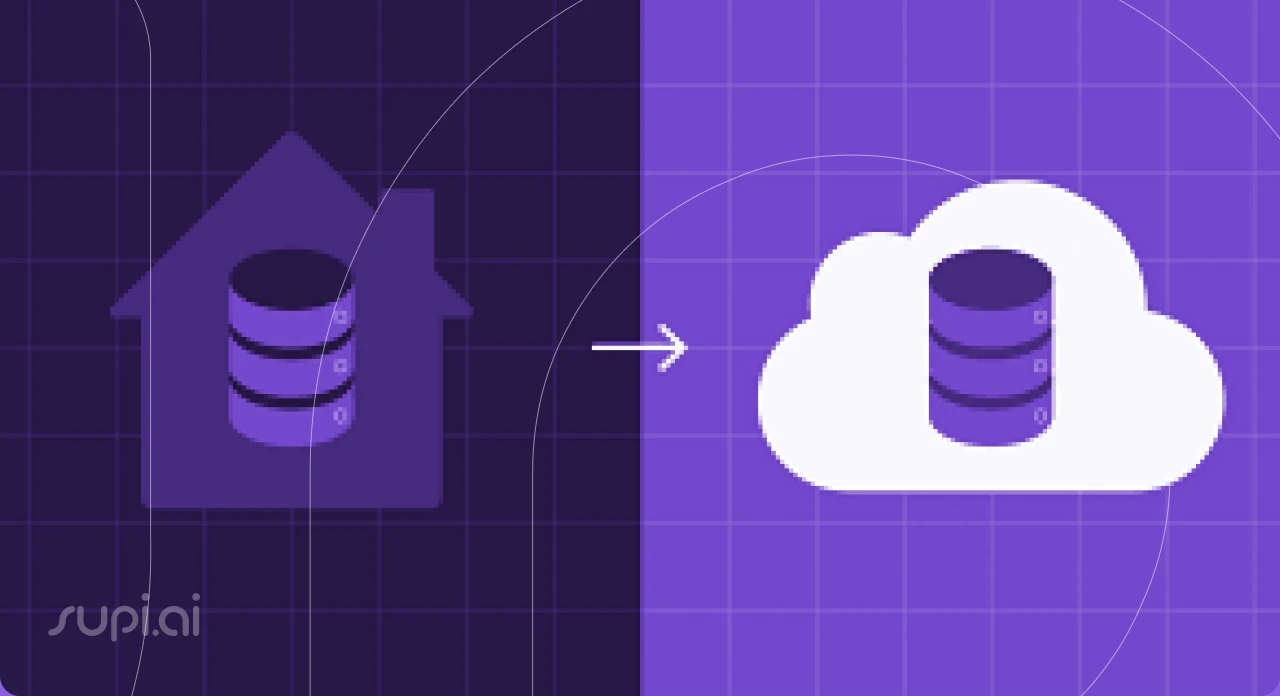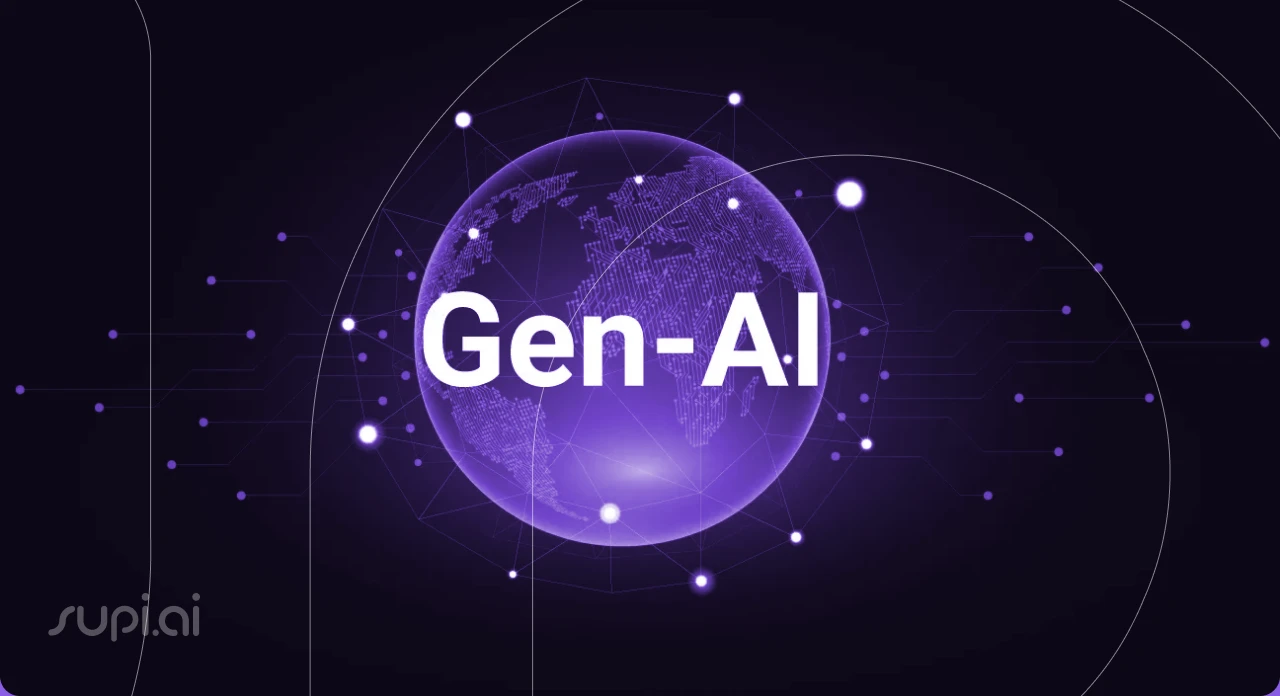In today’s data-driven world, businesses rely heavily on accurate and timely data to make informed decisions. This is where an Enterprise Data Warehouse (EDW) comes into play. But what exactly is an EDW, and why is it so important?
What is an Enterprise Data Warehouse?
An EDW is a centralized repository that stores integrated data from various sources across an organization. It is designed to support decision-making, reporting, and analytics by providing a unified view of the data.

Importance of Data in Modern Business
Data is the lifeblood of modern businesses. It drives strategic planning, operational efficiency, and competitive advantage. Without reliable data, businesses would struggle to understand their markets, customers, and operations.
Understanding Enterprise Data Warehouse (EDW)
Definition of EDW
An EDW is a system used to aggregate and consolidate data from different sources into a single, comprehensive database. This data can then be used for reporting and analysis purposes.
Key Components of EDW
The key components of an EDW include the data integration layer, the data storage layer, and the data access layer. These components work together to ensure data is collected, stored, and made available for analysis.
EDW vs. Traditional Databases
Unlike traditional databases that are designed for transactional processing, an EDW is optimized for analytical processing. This means it can handle large volumes of data and complex queries more efficiently.
Benefits of an Enterprise Data Warehouse
Improved Decision Making
An EDW provides a single source of truth for all data within an organization, enabling better and faster decision-making.
Enhanced Data Quality and Consistency
By consolidating data from various sources, an EDW ensures data quality and consistency, reducing errors and discrepancies.
Scalability and Performance
EDWs are designed to scale as data volumes grow, ensuring consistent performance even as the amount of data increases.
Cost Efficiency
Centralizing data storage and processing can lead to cost savings by reducing the need for multiple data storage systems and improving operational efficiency.

How an Enterprise Data Warehouse Works
Data Integration Process
The data integration process involves extracting data from various sources, transforming it into a consistent format, and loading it into the EDW. This process is often referred to as ETL (Extract, Transform, Load).
Data Storage Architecture
EDWs use a variety of storage architectures, including relational databases, columnar storage, and data lakes, to efficiently store and manage large volumes of data.
Data Retrieval and Query Processing
EDWs support complex queries and data retrieval processes, allowing users to generate reports and perform analyses quickly and efficiently.
Types of Enterprise Data Warehouses
On-Premises EDW
On-premises EDWs are hosted within an organization’s own data centers. They offer complete control over data and infrastructure but require significant upfront investment and maintenance.
Cloud-Based EDW
Cloud-based EDWs are hosted on cloud platforms like AWS, Google Cloud, and Azure. They offer scalability, flexibility, and cost savings, with reduced infrastructure management.
Hybrid EDW
Hybrid EDWs combine on-premises and cloud-based solutions, offering the benefits of both approaches and allowing for greater flexibility and data management options.
Key Technologies in Enterprise Data Warehousing
ETL (Extract, Transform, Load)
ETL is a critical process in data warehousing, involving the extraction of data from various sources, transformation into a consistent format, and loading into the EDW.
Data Lakes vs. Data Warehouses
While data lakes store raw data in its native format, data warehouses store structured data optimized for querying and analysis. Both have their unique advantages and are often used together.
OLAP (Online Analytical Processing)
OLAP is a technology that allows users to perform multidimensional analysis on large volumes of data, enabling complex queries and insights.

Challenges in Implementing an EDW
Data Integration Challenges
Integrating data from various sources can be complex and time-consuming, requiring careful planning and execution.
Security Concerns
Ensuring the security of sensitive data is paramount. EDWs must implement robust security measures to protect against data breaches and unauthorized access.
Managing Large Volumes of Data
As data volumes grow, managing and maintaining the EDW can become challenging. Scalability and performance are critical factors to consider.
Best Practices for Building an Enterprise Data Warehouse
Data Governance and Compliance
Establishing data governance policies and ensuring compliance with regulations is crucial for maintaining data integrity and trust.
Choosing the Right Technology Stack
Selecting the appropriate technologies for data integration, storage, and processing is essential for building an effective EDW.
Ensuring Data Quality and Consistency
Implementing data quality measures and continuous monitoring is necessary to ensure the reliability and accuracy of the data in the EDW.
Case Studies: Successful EDW Implementations
Example 1: Retail Industry
In the retail industry, a leading company implemented an EDW to consolidate sales data from multiple channels, resulting in improved inventory management and customer insights.
Example 2: Healthcare Sector
A healthcare organization utilized an EDW to integrate patient data from various systems, enhancing patient care and operational efficiency.
Example 3: Financial Services
A financial services firm leveraged an EDW to analyze transaction data, detect fraud, and ensure regulatory compliance.
Future Trends in Enterprise Data Warehousing
AI and Machine Learning Integration
The integration of AI and machine learning into EDWs is enabling advanced analytics and predictive insights, transforming how businesses leverage data.
Real-Time Data Processing
Real-time data processing capabilities are becoming increasingly important, allowing businesses to make faster decisions based on up-to-date information.
Increased Adoption of Cloud-Based Solutions
The shift towards cloud-based EDWs is expected to continue, driven by the benefits of scalability, cost savings, and flexibility.
Conclusion
In conclusion, an Enterprise Data Warehouse is a vital tool for modern businesses, providing a centralized, reliable, and scalable solution for data management and analysis. As technology evolves, EDWs will continue to play a critical role in helping organizations harness the power of their data.




